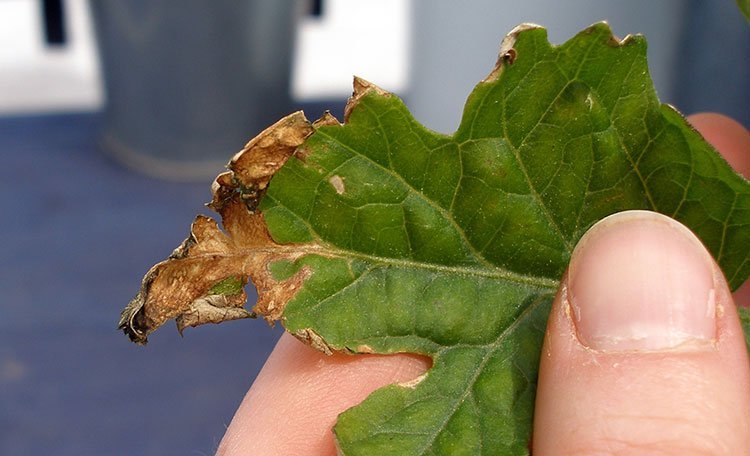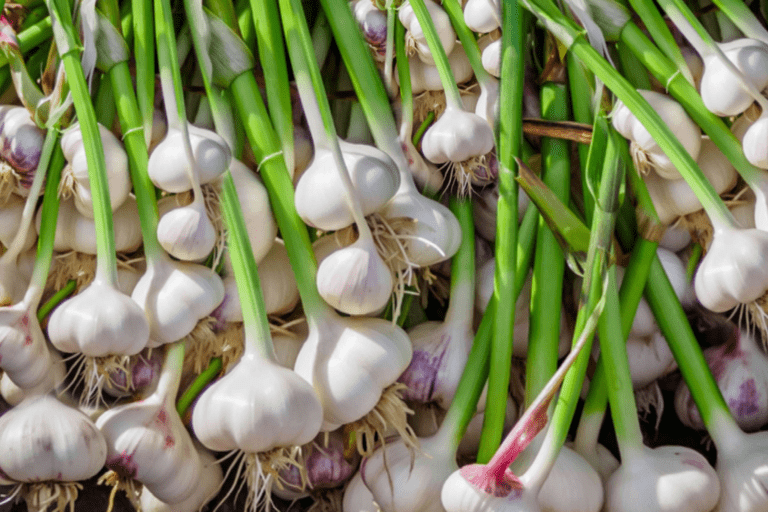How to Avoid Nitrogen Toxicity in Your Garden Plants
Common Causes of Nitrogen Toxicity in Garden Plants
Nitrogen is an essential element for the growth and development of plants. However, too much of a good thing can be harmful, and nitrogen toxicity is a common issue that many gardeners face. Understanding the common causes of nitrogen toxicity can help prevent this problem and ensure the health of your garden plants.
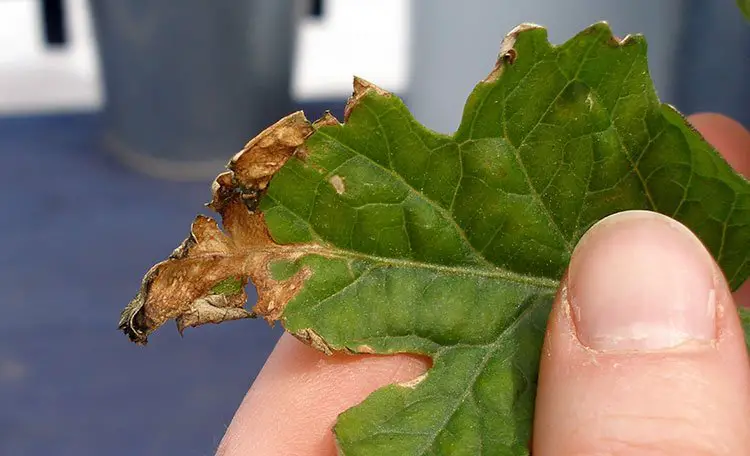
One common cause of nitrogen toxicity is excessive fertilization. When gardeners apply too much nitrogen-rich fertilizer to their plants, the excess nitrogen accumulates in the soil. This can overwhelm the plants’ ability to intake and process the nitrogen, leading to toxicity. Additionally, certain types of fertilizers, such as those high in ammonium or nitrate forms of nitrogen, are more prone to causing toxicity than others. It is crucial to follow the recommended dosage and application instructions for fertilizers to avoid overloading your plants with nitrogen.
Signs and Symptoms of Nitrogen Toxicity in Garden Plants
Nitrogen is an essential element for plant growth and development, but excessive levels can lead to toxicity in garden plants. Recognizing the signs and symptoms of nitrogen toxicity is crucial for maintaining a healthy gardening environment.
One of the most common indications of nitrogen toxicity is lush vegetative growth. Plants affected by excessive nitrogen tend to have an abundance of dark green foliage and rapid shoot development. However, these luxuriant leaves often lack vitality and are more susceptible to diseases and pests.

In addition to vigorous growth, nitrogen toxicity can also manifest in stunted or distorted plant growth. Excessive nitrogen can disrupt the balance of other nutrients in the soil, leading to deficiencies in elements such as calcium, potassium, and magnesium. This imbalance can negatively impact root development and overall plant structure, resulting in stunted or abnormal growth patterns.
Furthermore, nitrogen toxicity can negatively influence flowering and fruiting processes. High nitrogen levels can delay or inhibit the plant’s ability to initiate flowering, leading to poor or no fruit set. Plants may also produce weak or inferior-quality fruits due to nitrogen-induced imbalances in other nutrients.
Being vigilant about signs and symptoms of nitrogen toxicity is crucial for maintaining a healthy and thriving garden. By identifying these indications early on, gardeners can take appropriate measures to address the issue and restore a balanced and optimal growing environment for their plants.
Understanding the Role of Nitrogen in Plant Growth
Nitrogen is an essential nutrient for the growth and development of plants. It plays a fundamental role in various biochemical processes, making it a key element in plant physiology. One of its primary functions is to support chlorophyll production, which is crucial for photosynthesis. Through this process, plants convert sunlight into chemical energy, enabling them to synthesize sugars and other organic compounds necessary for growth.
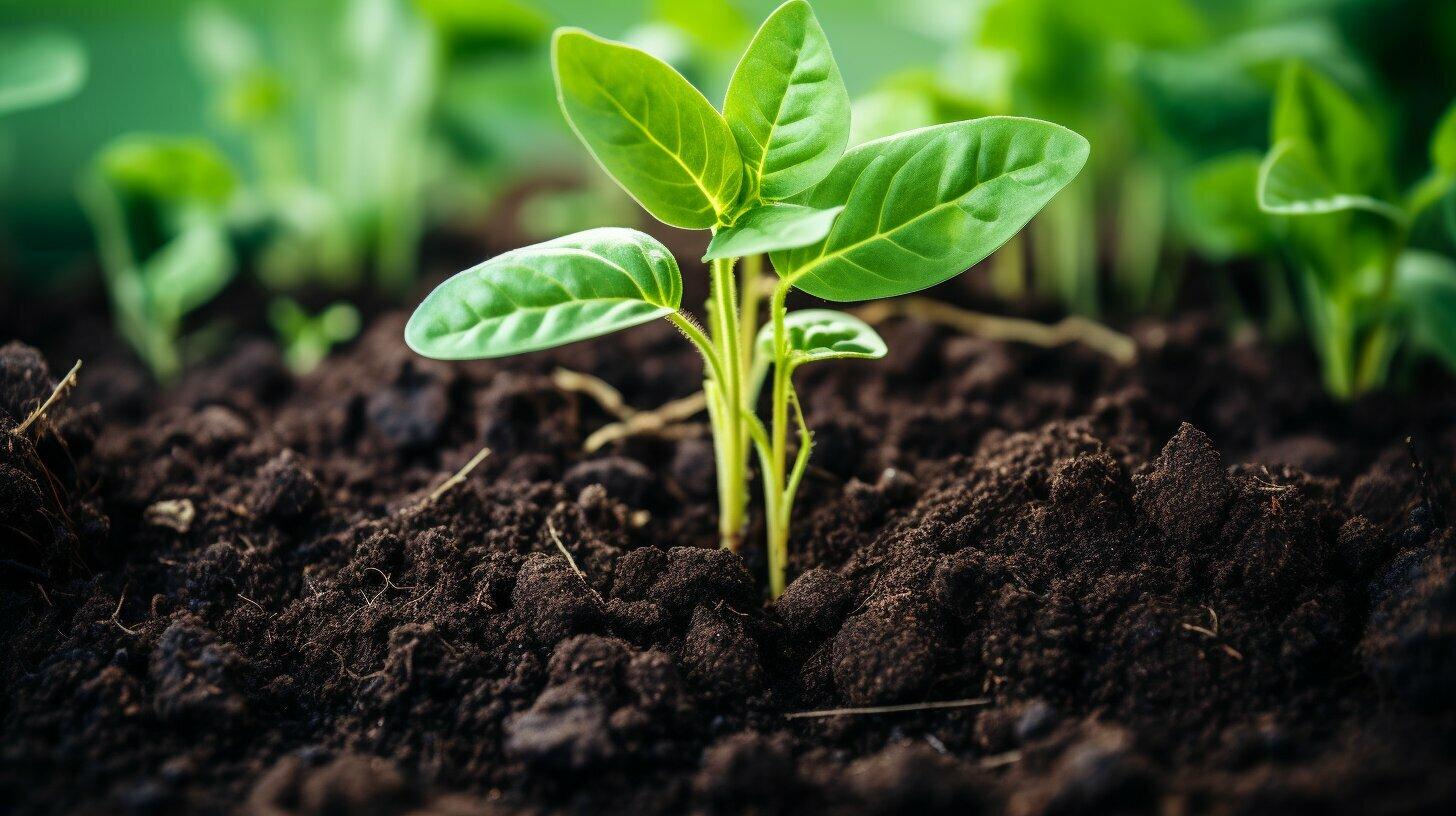
Furthermore, nitrogen is a vital component of amino acids, the building blocks of proteins. Proteins are essential for cell division, enzyme production, and overall plant structure. Additionally, nitrogen is involved in root development, helping plants to absorb water and nutrients from the soil more efficiently.
Given its significance in plant growth, it comes as no surprise that maintaining proper nitrogen levels in garden plants is paramount. However, excessive nitrogen can lead to toxicity, which in turn can hinder plant health. Understanding the role nitrogen plays in plant growth is the first step towards identifying the factors that contribute to nitrogen toxicity and implementing strategies to prevent its occurrence. By ensuring a balanced nitrogen supply, gardeners can optimize their plants’ overall health and productivity.
Importance of Proper Nitrogen Levels in Garden Plants
Maintaining proper nitrogen levels in garden plants is crucial for their overall health and growth. Nitrogen is an essential nutrient that plays a vital role in numerous plant processes, such as leaf and stem development, protein synthesis, and photosynthesis. Without an adequate supply of nitrogen, plants may exhibit stunted growth, yellowing leaves, and reduced yields.
Achieving the right balance of nitrogen is vital as both deficiency and excess can have detrimental effects on plants. Insufficient nitrogen can lead to decreased plant vigor and poor fruit production, while excessive nitrogen can result in nitrogen toxicity. It is therefore essential for gardeners to understand the importance of proper nitrogen levels and implement strategies to maintain this delicate balance.
| Importance of Proper Nitrogen Levels in Garden Plants | Key Points |
|---|---|
| 1. Essential for Growth and Development | – Structural Component: Nitrogen is a key component of amino acids, proteins, and chlorophyll, essential for plant growth. |
| – Cell Division: Nitrogen supports cell division and elongation, contributing to overall plant development. | |
| 2. Promotes Lush Foliage and Green Color | – Chlorophyll Synthesis: Nitrogen is a central element in chlorophyll, the pigment responsible for green coloration. |
| – Photosynthesis: Facilitates photosynthesis, crucial for energy production and carbohydrate synthesis. | |
| 3. Enhances Yield and Crop Productivity | – Increased Biomass: Adequate nitrogen levels result in larger and more vigorous plants, leading to higher yields. |
| – Fruit and Seed Formation: Nitrogen supports the development of fruits, seeds, and reproductive structures. | |
| 4. Improves Resistance to Stress and Diseases | – Stress Tolerance: Plants with optimal nitrogen levels are better equipped to handle environmental stressors. |
| – Disease Resistance: Nitrogen helps strengthen cell walls, enhancing resistance to certain diseases and pests. | |
| 5. Regulates Enzyme Activity | – Enzymatic Functions: Nitrogen is a component of various enzymes that regulate biochemical processes in plants. |
| – Metabolism: Essential for nitrogen metabolism, influencing the utilization and conversion of other nutrients. | |
| 6. Supports Nitrogen-Fixing Symbiotic Relationships | – Symbiotic Associations: Certain plants form symbiotic relationships with nitrogen-fixing bacteria, enhancing nitrogen availability. |
| – Legumes and Rhizobia: Leguminous plants, like peas and beans, can fix atmospheric nitrogen through rhizobia bacteria. | |
| 7. Environmental Impact | – Water Quality: Excessive nitrogen runoff from fertilizers can contribute to water pollution, impacting aquatic ecosystems. |
| – Air Quality: Ammonia emissions from agricultural practices can influence air quality and contribute to atmospheric pollution. |
By ensuring that plants receive the appropriate amount of nitrogen, gardeners can optimize their crop yield, enhance plant health, and promote lush foliage. This can be achieved through various practices such as using balanced fertilizers, implementing timely and precise fertilizer applications, and regularly monitoring nitrogen levels in the soil. Ultimately, prioritizing proper nitrogen levels in garden plants contributes to the overall success and vitality of the garden.
Factors That Contribute to Nitrogen Toxicity in Garden Plants
Nitrogen toxicity in garden plants can occur due to various factors, all of which are essential to understand in order to prevent and mitigate this problem. One contributing factor is the excessive use of nitrogen-rich fertilizers. While nitrogen is an essential nutrient for plant growth, an overabundance can lead to toxicity. When gardeners apply fertilizers containing high levels of nitrogen without properly calculating the specific needs of their plants, they run the risk of creating an imbalance in the soil. As a result, the plants may absorb an excessive amount of nitrogen, leading to detrimental effects on their overall health and development.
Another factor that contributes to nitrogen toxicity is poor irrigation practices. When plants are overwatered or the irrigation system is not designed appropriately, excessive water can leach nitrogen from the soil. This excess nitrogen can then accumulate in the plant tissues, causing toxicity symptoms such as stunted growth, yellowing of leaves, and root damage. It is crucial for gardeners to maintain optimal watering practices to ensure a proper balance of moisture in the soil and prevent nitrogen buildup in plant tissues.
Understanding these factors that contribute to nitrogen toxicity is crucial for gardeners to effectively manage their plants’ health. By being aware of the potential risks associated with excessive nitrogen use and irrigation practices, gardeners can take preventive measures to maintain a balanced nutrient supply and promote the overall well-being of their garden plants.
Choosing the Right Fertilizer to Prevent Nitrogen Toxicity
Choosing the right fertilizer for your garden is crucial in preventing nitrogen toxicity in your plants. When it comes to selecting a fertilizer, it is important to pay attention to the formulation and the ratio of nutrients it provides. For preventing nitrogen toxicity, it is recommended to choose a fertilizer with a lower nitrogen content and a higher proportion of other essential nutrients.
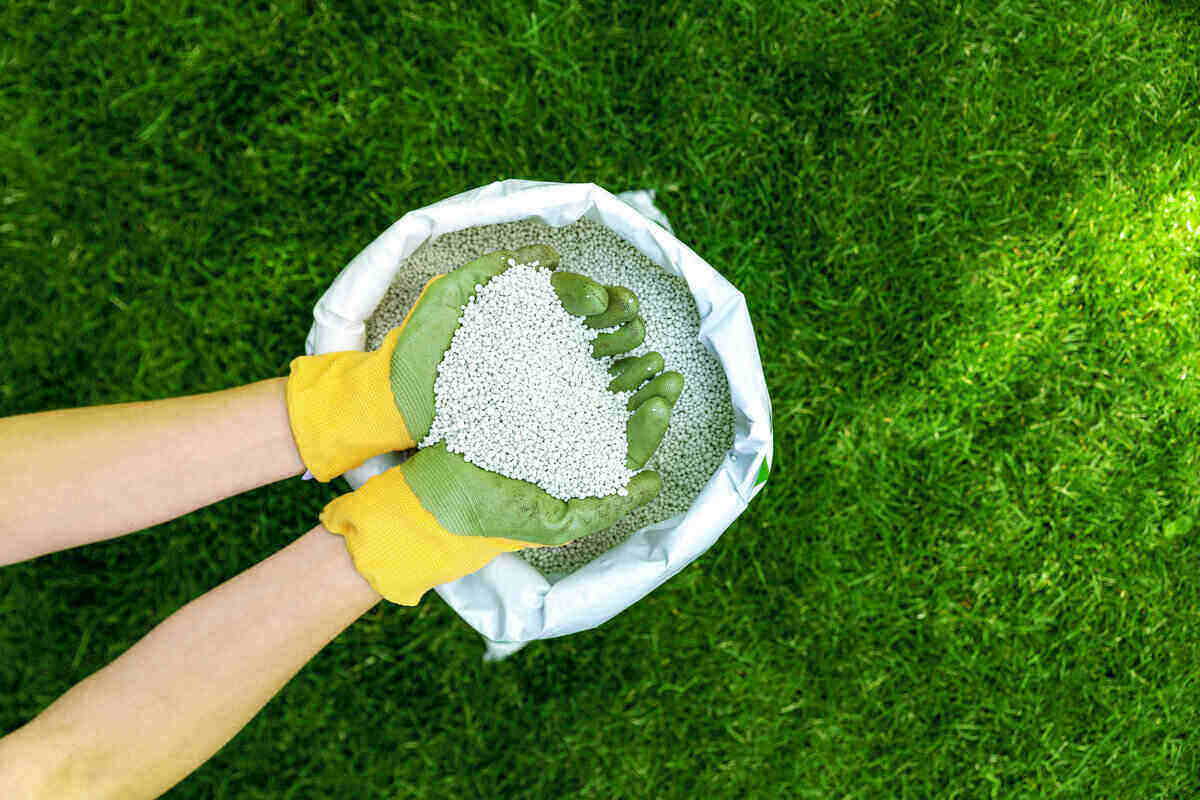
One option to consider is a balanced fertilizer with equal or lower nitrogen content compared to phosphorus and potassium. This will help maintain a proper nutrient balance and reduce the risk of nitrogen toxicity. Another option is to opt for slow-release fertilizers that provide a steady supply of nutrients over an extended period. These types of fertilizers can help prevent excessive nitrogen accumulation in the soil, reducing the chances of nitrogen toxicity in your plants.
Additionally, consider using organic fertilizers, such as compost or well-rotted manure, which naturally release nutrients into the soil. Organic fertilizers have lower nitrogen concentrations compared to synthetic fertilizers, reducing the risk of nitrogen overload. Remember to always follow the recommended application rates provided on the fertilizer packaging, as over-application can lead to nutrient imbalances and toxicity in your garden plants. By choosing the right fertilizer and being mindful of nitrogen content, you can effectively prevent nitrogen toxicity in your garden and promote healthy plant growth.
Appropriate Timing and Frequency for Fertilizer Application
Appropriate timing and frequency for fertilizer application are crucial factors in maintaining healthy and well-balanced nitrogen levels in garden plants. Knowing when and how often to apply fertilizer can optimize nutrient uptake, promote growth, and minimize the risk of nitrogen toxicity.
Timing plays a significant role in fertilizer application. It is generally recommended to apply fertilizers when plants have active growth periods, such as spring or early summer. This ensures that the nutrients provided by the fertilizer are readily available for uptake and utilization by the plants. Timing also depends on the specific needs of different plants and their growth stages. For example, annual flowers and vegetables may require more frequent applications during their peak growing season, while perennials may need fertilizer early in the spring to support new growth.
Regarding frequency, it is important to strike a balance. Over-fertilization can lead to excessive nitrogen levels and subsequent toxicity, while under-fertilization can result in nutrient deficiencies. A general guideline is to divide the total recommended amount of fertilizer into multiple applications throughout the growing season, rather than providing a single large dose. This approach allows plants to absorb nutrients gradually and prevents nutrient imbalances.
| Appropriate Timing and Frequency for Fertilizer Application | Key Practices |
|---|---|
| 1. Early Spring | – Before Growth Resumes: Apply a balanced fertilizer early in spring before active growth begins. |
| – Promotes Vigorous Growth: Provides nutrients needed for initial growth and development. | |
| 2. Late Spring to Early Summer | – During Active Growth: Apply a slow-release fertilizer during the growing season for sustained nutrient supply. |
| – Before Flowering: Supports flower and fruit development in flowering plants. | |
| 3. Early Fall | – Prepares for Winter: Apply a balanced fertilizer in early fall to help plants prepare for the dormant period. |
| – Storage of Nutrients: Assists plants in storing nutrients for winter resilience. | |
| 4. Specific Growth Stages | – Vegetative Growth: Apply nitrogen-rich fertilizers during vegetative growth stages for leafy plants. |
| – Blooming Phase: Use phosphorus-rich fertilizers during the blooming phase for flowering plants. | |
| 5. Soil Testing | – Regular Testing: Conduct soil tests to determine nutrient levels and tailor fertilizer application accordingly. |
| – Customized Nutrient Plans: Adjust fertilizer types and amounts based on specific soil deficiencies. | |
| 6. Avoid Overfertilization | – Follow Recommendations: Adhere to recommended dosage on fertilizer labels to prevent overfertilization. |
| – Environmental Impact: Minimize the risk of nutrient runoff, pollution, and harm to non-target organisms. | |
| 7. Container Plants | – Regular Feeding: Container plants often need more frequent fertilization; use a balanced liquid fertilizer every 2-4 weeks. |
| – Leaching Concerns: Be mindful of nutrient leaching in container-grown plants and adjust application rates. | |
| 8. Specialized Fertilizers for Certain Plants | – Seasonal Requirements: Some plants, like roses or citrus, may benefit from specialized fertilizers tailored to their needs. |
| – Specific Nutrient Ratios: Adjust fertilizers to meet the unique nutrient requirements of specific plant varieties. |
However, it is important to note that the specific timing and frequency of fertilizer application may vary depending on various factors, including soil type, plant species, climate conditions, and the type of fertilizer used. Conducting a soil test can provide valuable insights into nutrient levels and help determine the appropriate fertilizer application schedule for your specific garden. By being mindful of timing and frequency, gardeners can effectively provide their plants with the necessary nutrients while minimizing the risk of nitrogen toxicity.
Implementing Soil Testing to Monitor Nitrogen Levels
Soil testing is an essential practice for gardeners who want to effectively monitor the levels of nitrogen in their soil. By implementing soil testing, you can gather valuable information about your soil’s nutrient content, including nitrogen levels, and make informed decisions regarding fertilizer application. Testing your soil can help you identify if your garden plants are at risk of nitrogen toxicity, allowing you to take preventive measures before any damage occurs.
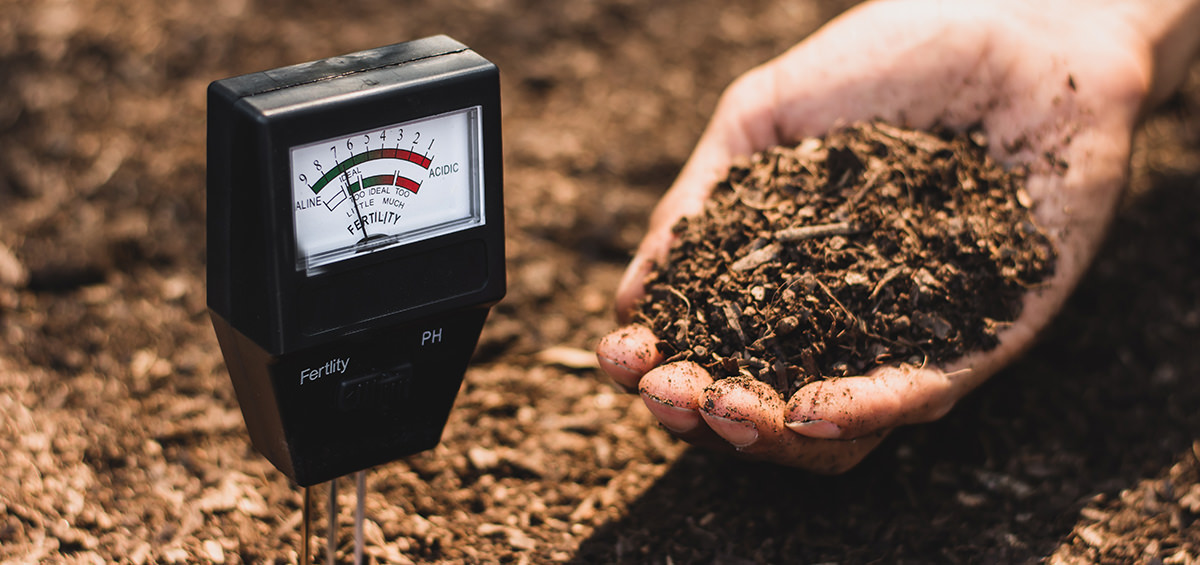
To begin the soil testing process, you will need to collect soil samples from various locations across your garden. It is important to obtain representative samples that capture the overall composition of your soil. Dig down at least six to eight inches and use a trowel or soil auger to collect a small portion of soil from each sampling site. Combine these samples in a clean container and mix them thoroughly. Ensure that you remove any stones, organic matter, or debris that may interfere with accurate testing. Once your sample is prepared, you can send it to a reputable soil testing laboratory for analysis.
The soil testing laboratory will analyze your sample to determine the nitrogen content in your soil. The results will provide you with valuable information, including the specific nitrogen levels and recommendations for any necessary adjustments. By monitoring nitrogen levels through soil testing, you will be able to assess if your garden plants are receiving an appropriate amount of this essential nutrient. Additionally, soil testing allows you to avoid over-applying nitrogen-based fertilizers, which can lead to toxicity. Implementing regular soil testing will enable you to maintain the optimal nitrogen levels in your garden and promote healthy plant growth.
Effective Strategies for Reducing Nitrogen Toxicity in Garden Plants
Nitrogen toxicity in garden plants can have detrimental effects on their growth and overall health. However, there are several effective strategies that can help reduce this issue and maintain a balanced nitrogen level in the garden. Firstly, implementing proper fertilizer application practices is crucial. Excessive use of nitrogen-based fertilizers should be avoided, as it can lead to an overload of nitrogen in the soil. Instead, opt for organic fertilizers or slow-release nitrogen sources that provide a more balanced and controlled nutrient release. This approach ensures that plants have a steady supply of nitrogen without overwhelming them.

Another effective strategy is to implement companion planting techniques to promote nitrogen balance in the garden. Certain plants, such as legumes, have the ability to fix atmospheric nitrogen through a symbiotic relationship with nitrogen-fixing bacteria in their root nodules. By planting nitrogen-fixing plants alongside other crops, gardeners can naturally increase nitrogen levels in the soil while minimizing the chances of nitrogen toxicity. Intercropping can also be used to maximize nitrogen utilization, as different plants have varying nitrogen requirements and uptake abilities, leading to a more efficient use of available nutrients.
By adopting these effective strategies, gardeners can successfully reduce nitrogen toxicity in their garden plants. It is important to carefully monitor nitrogen levels, choose the right fertilizers, and implement sustainable practices to ensure the health and vitality of the garden. Taking a proactive approach in managing nitrogen levels will not only enhance plant growth but also contribute to a more sustainable and environmentally friendly gardening experience.
Optimal Watering Practices to Prevent Nitrogen Buildup
To prevent nitrogen buildup in garden plants, implementing optimal watering practices is crucial. Proper watering techniques not only ensure the overall health and vigor of plants but also help maintain a balanced nitrogen level in the soil. One key aspect to consider is the frequency of watering. Overwatering can lead to excessive runoff, which carries away essential nitrogen nutrients from the soil, depriving plants of the necessary elements for growth. On the other hand, underwatering can create nitrogen concentration in the root zone, leading to toxicity and negatively impacting plant health.

To strike the right balance, gardeners should strive to provide plants with consistent moisture levels. This can be achieved by monitoring the soil moisture content regularly and watering the plants when the top inch of the soil becomes slightly dry. However, it’s important to avoid shallow, frequent watering that promotes shallow root growth and increases the risk of nitrogen loss. Instead, watering deeply and less frequently encourages plants to develop deep root systems that access water and nutrients effectively. Additionally, using mulch around plants can help conserve moisture, reduce evaporation, and aid in maintaining a balanced nitrogen level by preventing excessive leaching. By incorporating these optimal watering practices into their routine, gardeners can successfully prevent nitrogen buildup and promote healthy plant growth.
• Implement optimal watering practices to prevent nitrogen buildup in garden plants
• Overwatering can lead to excessive runoff, depriving plants of essential nitrogen nutrients
• Underwatering can create nitrogen concentration in the root zone, leading to toxicity and negatively impacting plant health
• Strive for consistent moisture levels by monitoring soil moisture content regularly
• Water plants when the top inch of soil becomes slightly dry, avoiding shallow, frequent watering that promotes shallow root growth and increases risk of nitrogen loss
• Water deeply and less frequently to encourage deep root systems that access water and nutrients effectively
• Use mulch around plants to conserve moisture, reduce evaporation, and prevent excessive leaching
By incorporating these optimal watering practices into their routine, gardeners can successfully prevent nitrogen buildup and promote healthy plant growth.
Utilizing Organic Matter to Balance Nitrogen Levels in Garden Soil
Utilizing organic matter is an effective strategy to balance nitrogen levels in garden soil. Organic matter, such as compost or well-rotted manure, is rich in essential nutrients, including nitrogen, phosphorus, and potassium. When incorporated into the soil, organic matter slowly releases nitrogen, providing a steady supply to plants over time.
One of the advantages of using organic matter is that it improves soil structure and promotes microbial activity. As the organic matter decomposes, it creates a porous soil structure, allowing for better water infiltration and air circulation. This, in turn, facilitates root development and nutrient uptake by plants. Additionally, the presence of beneficial microorganisms in organic matter helps convert nitrogen into forms that plants can readily use, promoting nutrient availability and plant growth.

To effectively utilize organic matter, it is important to incorporate it into the soil prior to planting or during the preparation stages. Mixing organic matter thoroughly with the topsoil ensures its uniform distribution and maximizes its benefits. Aim for a ratio of about 25-30% organic matter to maintain a balanced nitrogen level in the soil. Regular applications of organic matter, such as annually or biennially, can further enhance soil fertility and promote long-term sustainability in garden plant growth. By harnessing the power of organic matter, gardeners can optimize nitrogen levels in their soil, fostering healthy and productive plant growth.
Importance of Crop Rotation in Reducing Nitrogen Toxicity
Crop rotation is a fundamental practice in farming and gardening that offers numerous benefits, including the reduction of nitrogen toxicity in garden plants. By systematically rotating crops, gardeners can break the cycle of nitrogen buildup in the soil, leading to healthier and more productive plants. When the same crops are grown in the same location year after year, they continuously deplete specific nutrients, such as nitrogen, while promoting the accumulation of others. This imbalance can result in nitrogen toxicity, affecting plant growth and overall health.

One of the primary advantages of crop rotation is its ability to disrupt the nitrogen cycle. Different plant species have varying nitrogen requirements and capacities to fix atmospheric nitrogen. By alternating nitrogen-hungry plants, such as leafy greens or brassicas, with nitrogen-fixing legumes like beans or peas, gardeners can effectively manage nitrogen levels in the soil. Nitrogen-fixing plants have a unique ability to convert atmospheric nitrogen into a usable form, promoting its availability for subsequent crops. Furthermore, different plant families can have varying root structures and exudates, influencing the soil microbial community and nutrient cycling. By diversifying crop selection, gardeners can harness these natural processes to reduce nitrogen toxicity and maintain a balanced nutrient environment.
Companion Planting Techniques to Promote Nitrogen Balance
Companion planting is a valuable technique that can be employed to promote nitrogen balance in garden plants. By strategically pairing certain plant species together, gardeners can harness the power of symbiotic relationships that enhance nitrogen availability in the soil. One such example is the classic partnership of legumes and non-legumes.

Legume plants, such as beans, peas, and clover, have a remarkable ability to fix atmospheric nitrogen and convert it into a form that plants can readily utilize. These nitrogen-fixing plants form a beneficial relationship with soil bacteria known as rhizobia, which colonize their roots and assist in the nitrogen fixation process. When planted alongside non-legume plants, such as tomatoes or cucumbers, the legumes can transfer some of the fixed nitrogen to their neighboring plants, improving their nitrogen uptake and growth. This mutually beneficial arrangement not only provides the non-legumes with an additional nitrogen source but also helps to reduce the risk of nitrogen overload and potential toxicity.
In addition to legume-non-legume pairings, other companion planting techniques can also contribute to nitrogen balance in the garden. For instance, incorporating plants that have diverse root systems can help prevent nitrogen leaching and promote efficient nutrient uptake. Deep-rooted plants, like comfrey or dandelion, can reach deep into the soil profile, tapping into nitrogen reserves that may have otherwise been lost. Meanwhile, shallow-rooted plants, like lettuce or radishes, occupy the upper layers of the soil, effectively utilizing nitrogen that is more readily available near the surface.
By implementing these companion planting techniques, gardeners can optimize nitrogen availability for their plants while minimizing the risk of nitrogen toxicity. However, it is essential to select appropriate plant combinations based on their compatibility and requirements for sunlight, water, and nutrients. Furthermore, regular monitoring of nitrogen levels through soil testing can help fine-tune the companion planting strategy and ensure optimal nitrogen balance for healthy and productive gardens.
Identifying and Addressing Other Nutrient Imbalances in Garden Plants
Nutrient imbalances can significantly affect the health and productivity of garden plants, leading to stunted growth, reduced yields, and increased susceptibility to diseases and pests. While nitrogen toxicity is a common concern, it is crucial to also identify and address other nutrient imbalances that can impact plant growth. Two essential nutrients that often require attention are phosphorus (P) and potassium (K).
Phosphorus plays a crucial role in energy transfer, root development, and overall plant growth. A deficiency in phosphorus can result in stunted plants with poor root systems and delayed flowering and fruiting. Conversely, an excess of phosphorus can lead to calcium and zinc deficiencies, as excessive amounts of phosphorus can compete with these essential nutrients for uptake by plants.
Potassium, on the other hand, is vital for water and nutrient movement, cell division, and disease resistance in plants. Insufficient potassium levels can cause weak stems, poor fruit quality, and increased susceptibility to pests and diseases. High levels of potassium, however, often result in reduced uptake of other essential nutrients such as magnesium and calcium, leading to imbalances and nutrient deficiencies.
To identify and address phosphorus and potassium imbalances in garden plants, it is essential to conduct regular soil testing. Soil analysis can provide valuable information about nutrient levels and pH, helping gardeners determine the appropriate actions to take. If deficiencies or excesses are detected, targeted fertilization can be implemented, using suitable fertilizers with balanced nutrient ratios. Additionally, practices such as incorporating organic matter into the soil, adjusting pH, and implementing proper irrigation techniques can further aid in nutrient absorption and balance.
By closely monitoring and managing phosphorus and potassium levels, gardeners can promote optimal plant health and maximize their garden’s productivity. It is crucial, however, to remember that each plant species has different nutrient requirements, so it is essential to consult specific guidelines and recommendations for the plants being grown.
For more information watch the video:
What are some common signs of nitrogen toxicity in garden plants?
Symptoms of nitrogen toxicity in garden plants can include dark green leaves, weak stems, delayed fruit ripening, and reduced flowering.
How does nitrogen contribute to plant growth?
Nitrogen is an essential nutrient for plants as it plays a crucial role in promoting leaf and stem growth, chlorophyll production, and overall plant vigor.
What factors contribute to nitrogen toxicity in garden plants?
Excessive or imbalanced fertilizer application, high levels of organic matter decomposition, poor drainage, and overwatering can all contribute to nitrogen toxicity in garden plants.
How can I choose the right fertilizer to prevent nitrogen toxicity?
To prevent nitrogen toxicity, it is important to choose a fertilizer with a balanced nutrient ratio, specifically one that has a lower nitrogen content and adequate levels of other essential nutrients.
Can soil testing help monitor nitrogen levels in the garden?
Yes, soil testing is an effective way to monitor nitrogen levels and ensure they remain within the appropriate range for optimal plant growth.
What are some effective strategies for reducing nitrogen toxicity in garden plants?
Strategies for reducing nitrogen toxicity include adjusting fertilizer application rates, improving soil drainage, incorporating organic matter into the soil, and practicing crop rotation.
How can optimal watering practices prevent nitrogen buildup?
Proper watering practices, such as watering deeply and infrequently, can prevent excessive nitrogen buildup by leaching it down through the soil profile.
How can companion planting promote nitrogen balance in the garden?
Companion planting, where nitrogen-fixing plants are grown alongside nitrogen-demanding plants, can help maintain nitrogen balance by naturally replenishing the soil with this essential nutrient.
Are there other nutrient imbalances that can affect garden plants?
Yes, apart from nitrogen toxicity, garden plants can be affected by imbalances of other essential nutrients such as phosphorus, potassium, calcium, magnesium, and micronutrients like iron, zinc, and manganese.
How can I identify and address other nutrient imbalances in garden plants?
Regular soil testing, observing plant symptoms, and consulting with a horticultural expert can help identify nutrient imbalances. Addressing them involves adjusting fertilizer application, amending the soil, and providing targeted nutrient supplementation if necessary.

Studied Agricultural Engineering-Plant Protection at University of California, Davis.
Head of Content writing team at Southelmontehydroponics.com

